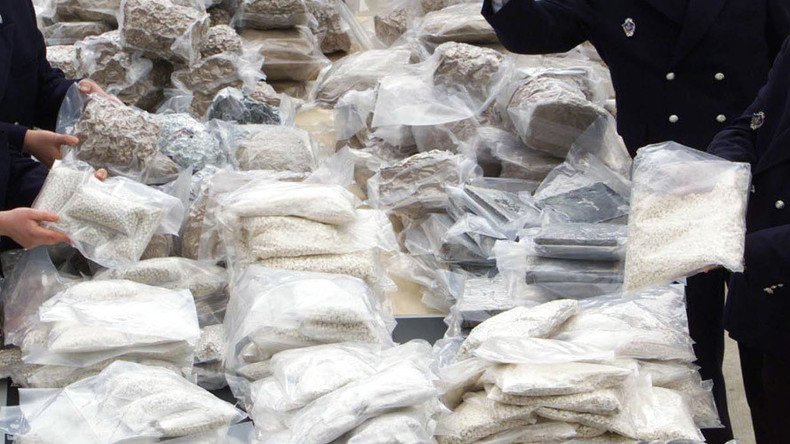When a door closes, a window opens: Closing Silk Road leads to surge in online drug sales

Closing the online black market known as the Silk Road was a success for the FBI, but a short-lived one. Three years later, it seems that it did little to deter internet-facilitated drug purchases as new reports found more markets have opened in its place.
Online drug markets are to authorities as the brooms and buckets of water were to Mickey Mouse in Fantasia: stopping one won’t prevent more from springing up. Since the closure of the Silk Road in 2013 by the FBI, 50 more online black markets have popped up according to a report from RAND.
The Silk Road was accessible via the dark web, but today’s drug sales websites can be found with a simple Google search. These websites are highly profitable, producing monthly revenues in the double-digits of millions of dollars.
For example, marijuana is the most popular drug purchased on these markets and earns roughly $870 million a month, according to the report. Heroin sales bring in an estimated total of $630 million each month as well.
That is, for websites in North America, Anglo-Saxon countries and Western Europe. Western countries tended to produce the highest drug revenue with vendors from the US having the highest concentration of vendors.
However, an interesting note is the increase of new psychoactive substances (NPS) which tend to be synthetic drugs such as K2, bath salts or spice.
In May 2014, there were 329 active shops selling NPS, the majority of which had IP locations in the Czech Republic. In the Czech Republic, 43 percent of these sales were from herbal shops but another 43 percent was from research chemical shops. The Czech Republic was the only place where these numbers were equal. For France, Netherlands, Poland and the UK, the majority of NPS sales were from research chemical shops.
The study, which was commissioned by the Netherlands Ministry of Security and Justice, found that the Netherlands were turning the highest profit from digital drug dealing and accounted for 8 percent of the total revenue. Vendors operating from the Netherlands earned 2.4 times more than the ones in the UK and 4.5 more than vendors in the US.
It’s worth noting that the study found production of NPS was linked to Asian countries such as China, Malaysia, the Philippines, India and Pakistan. While there is little reliable data on the consumption or distribution in these countries, the study cites other research indicating that Asian countries could be on the rise for consuming NPS.
In addition, Dutch vendors most frequently sold to buyers abroad but predominately purchased their stock domestically. One interesting point to consider, particularly due to the Netherland’s reputation for lax drug laws, is “The limited number of studies that reported on consumers buying drugs online found little to no evidence that Dutch customers were using the Internet to buy drugs.”
The question of who the buyers are and where they are from remains known, the study reads “we cannot ascertain location or any other characteristics of buyers.” However, the study did note that they seem to be predominantly males from Anglo-Saxon and other European countries who are tech-savvy and have had previous experience with drugs.
Marijuana is one of the most popular drugs for sale and accounts for 31 percent of drug revenue online. In second place was prescription medicine followed by ecstasy type stimulants.
Aside from prescription medicine, many of the most commonly sold drugs are more commonly associated with recreational use. For example, marijuana combined with stimulants – such as ecstasy types – with psychedelics are known as party drugs. Recreational drugs have dominance on the market, the study found. Researchers theorized that this could be because ordering drugs off the internet requires some planning as there is an entire escrow and bitcoin system. For addicts of opioids like heroin, this is unlikely to give them a fix to prevent withdrawal sickness.













